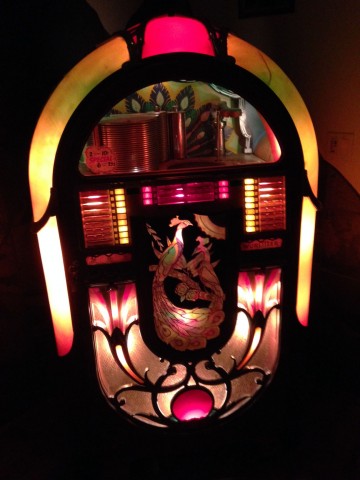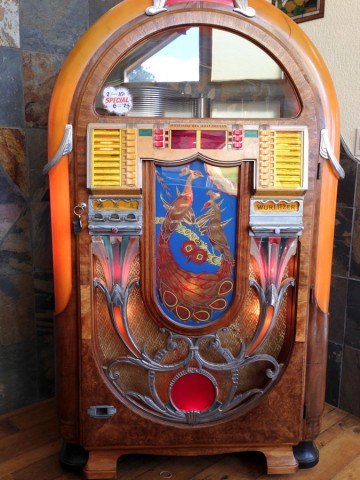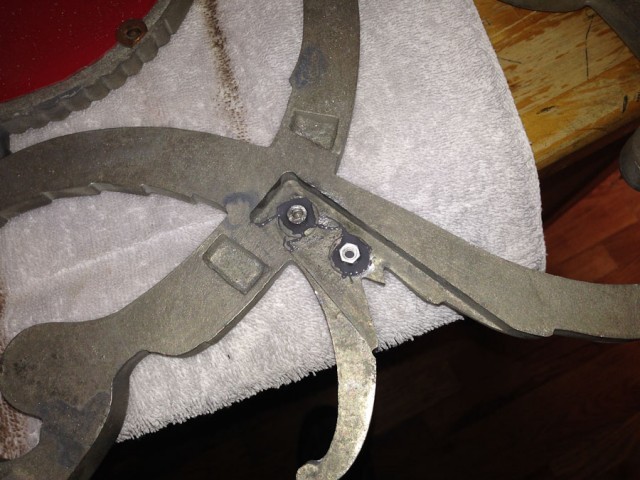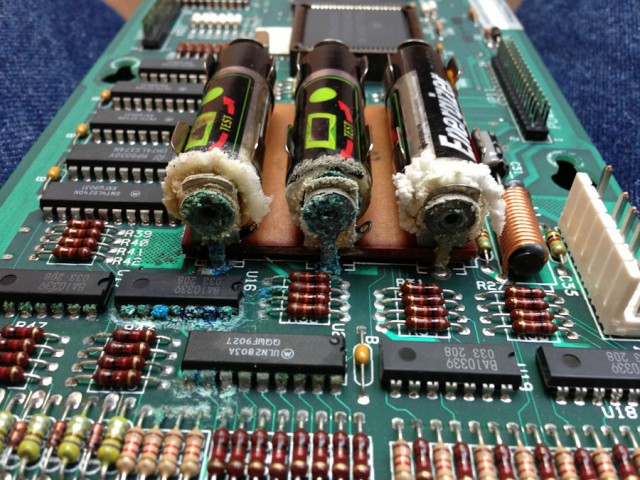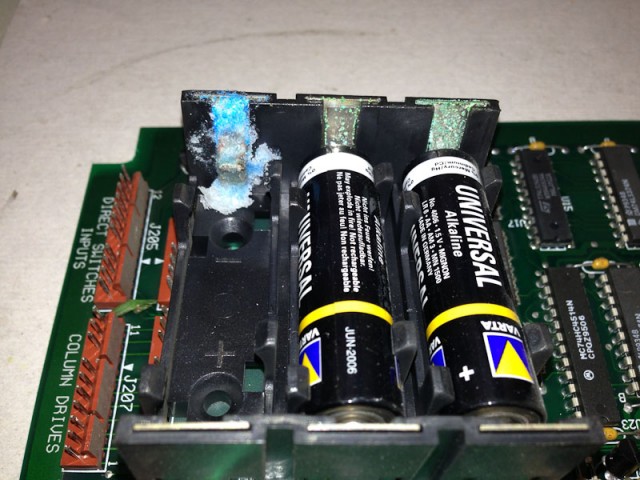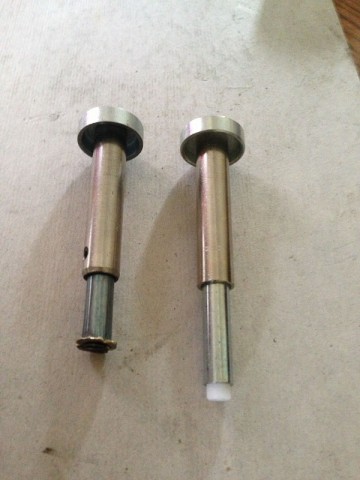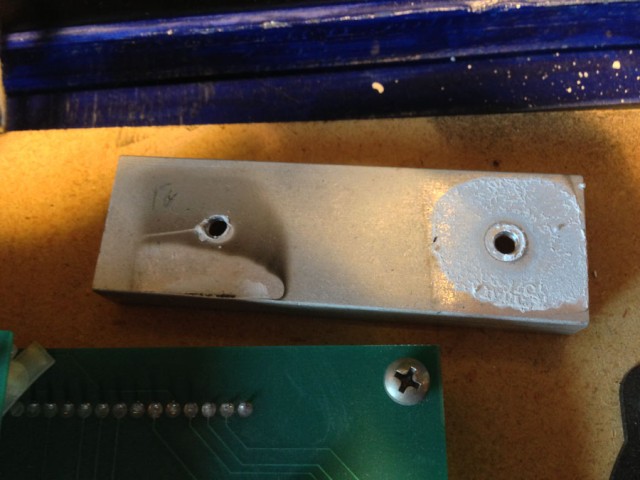Location: Erie, CO
Symptoms: Pinball machine “goes crazy” during play.
I played the machine and the “goes crazy” aspect seemed to be something related to the switch matrix. I put the machine in Diagnostic Mode and checked the switch status. It seemed to be a row of switches was grounding out intermittently. The switches would work fine then suddenly there were 4 or 5 stuck switches.
I found the problem at the coin door, with one of the coin switches shorting out against the coin mechanism. The coin switch was looking pretty beat-up because the owner, or the previous owners, didn’t know how to put Flash into freeplay mode.
With these early solid state machines from Williams, you can put the game into freeplay mode by following these steps:
- In game over mode, open the coin door and switch the Up/Down switch to UP.
- Press the Advance button. The Credit/Ball display should show “04 00”.
- Keep pressing Advance until the display shows “04 18”. This is the Maximum Credits setting.
- In the player 1 display you should see a current value of 20 (default).
- Switch the Up/Down switch to Down.
- Press the Game Start button (not the Advance button) until the number in the player 1 display is “00”
- Press the Advance button, then turn off the power. When you switch the power back on, it will be in Freeplay mode.
After fixing the short, a few switches needed cleaning and adjusting. The machine was working fine at this point.
About 2 weeks later, I was called back because the machine was skipping balls, for example going from Ball 1 to Ball 3. I determined that there was a really sensitive switch on the playfield causing scoring without even shooting the ball. That, combined with a mis-adjusted ball trough switch, was causing the problem. The trough solenoid would fire the ball to the shooter lane, and the vibration would cause the sensitive playfield switch to close causing it to score, and the ball trough switch would still be closed because the ball hadn’t left the trough yet. The machine “thought” the ball had been shot, scored and drained all in a split second, giving the appearance that the ball was skipped.
Once the switches were adjusted, the game was working fine again.

